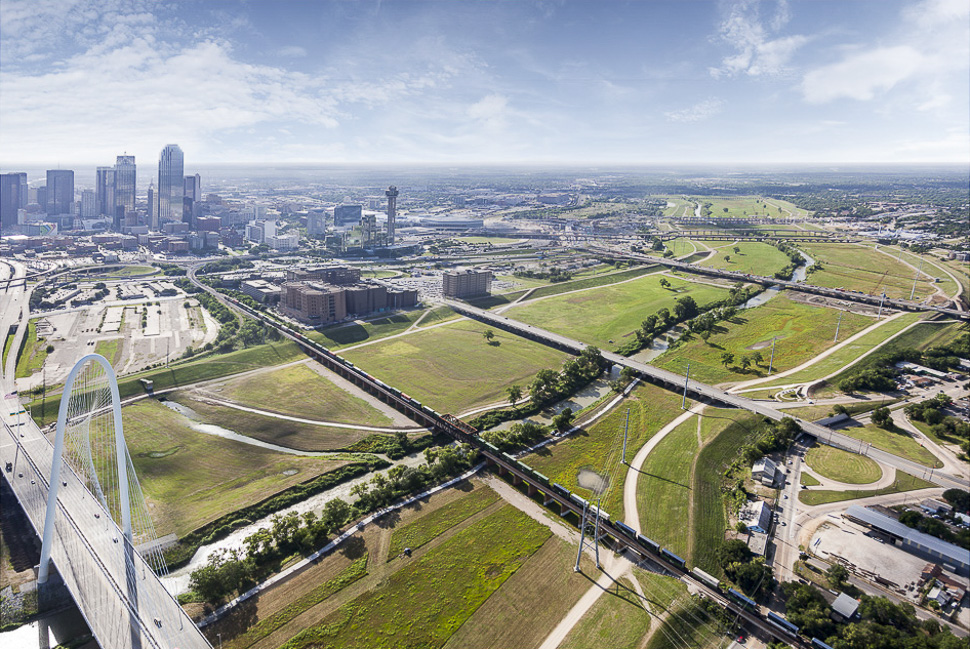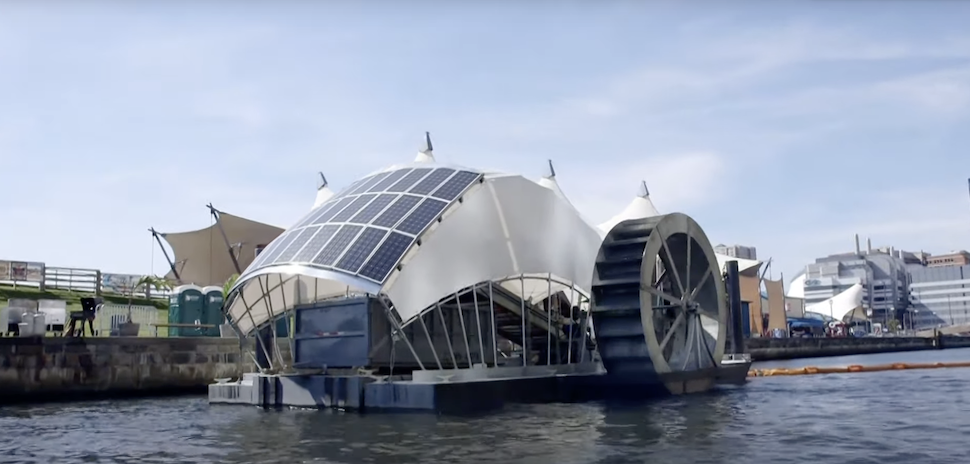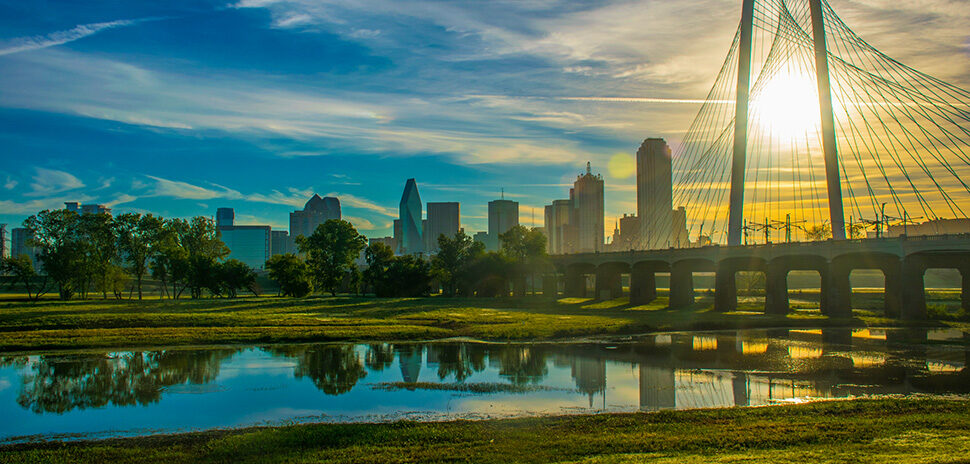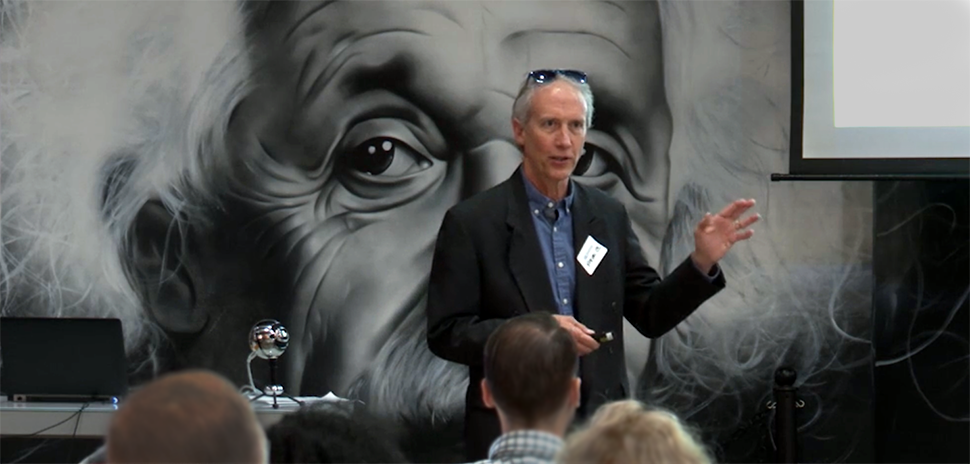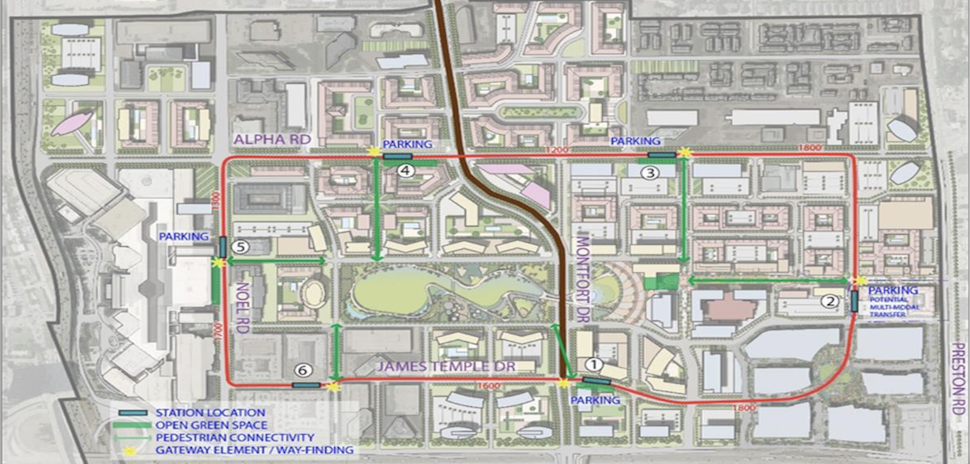The Trinity River winds through the heart of the Dallas-Fort Worth metropolitan area, and Nan Ellin, dean of the College of Architecture, Planning, and Public Affairs at the University of Texas at Arlington, has an interesting idea about how the river could be the nucleus of a linear district that melds all of the region’s greatest assets into a “magnetic core.”

Nan Ellin [Photo Courtesy UT Arlington]
Ellin proposed her ideas recently in a commentary piece published recently in the Fort Worth Star-Telegram.
She cited a number of facts and figures to back her idea.
DFW is home to major public and private universities, numerous community colleges, major medical treatment and research facilities, world-class art and architecture, the nation’s fourth-busiest airport, the largest light-rail system in the U.S. (Dallas Area Rapid Transit), and a network of interstate highways that link North Texas with the rest of the country.
Already, DFW is the fourth-largest metro area in the nation, and Ellin proposed leveraging all of those attributes.
“This Trinity District would be characterized by vital urban hubs around train stations, more parks and trails and strong links by foot, bicycle, transit and car within the district and to adjacent areas.”
Nan Ellin
AN “INNOVATION CORRIDOR”
“This Trinity District would be characterized by vital urban hubs around train stations, more parks and trails and strong links by foot, bicycle, transit and car within the district and to adjacent areas,” Ellin wrote. “In addition, it would be an ‘innovation corridor,’ where the synergy of ‘Meds’ (medical research districts) and ‘Eds’ (research universities) catalyzes innovation.”
Ellin pointed out that waterways such the Trinity have been “catalysts for vibrant corridors of vital urban hubs interwoven with parks and trails,” all across the globe.
She cited three Texas locations as examples: Austin’s Colorado River, San Antonio’s Riverwalk and Houston’s Buffalo Bayou.
And, she said that linear innovation districts are currently underway elsewhere in the nation, including Forbes Avenue with Carnegie Mellon, Innovation ABQ with the University of New Mexico, and the Cascadia Innovation Corridor linking the University of Washington with the University of British Columbia.
Ellie said that bolstering the “livability quotient” would help the region attract and retain talent, improve health, and enhance the overall quality of life in North Texas.
GALLERY
Dallas’ Trinity River Park concept in words and pictures.
Click the image below to view the gallery.
READ NEXT

The Panther Island project, also known as Central City, is located in an industrial area north of downtown Fort Worth. The project will create a new urban district on an island combining mixed-use neighborhoods with a network of canals and a lake to control flooding. [Rendering: Courtesy of Trinity River Vision Authority ]
Panther Island Project Lands $526M Federal Boost
The funding recently approved by Congress brings the massive project in Fort Worth closer to reality.
Panther Island Project Map
Trinity River Vision Authority estimates that public improvements related to Panther Island will virtually double the size of downtown and generate more than $600 million in economic development activity during the first decade alone. It’s expected to create 16,000 jobs, over 10,000 housing units and 12 miles of waterfront land for private development. Here’s a map of the plan.

